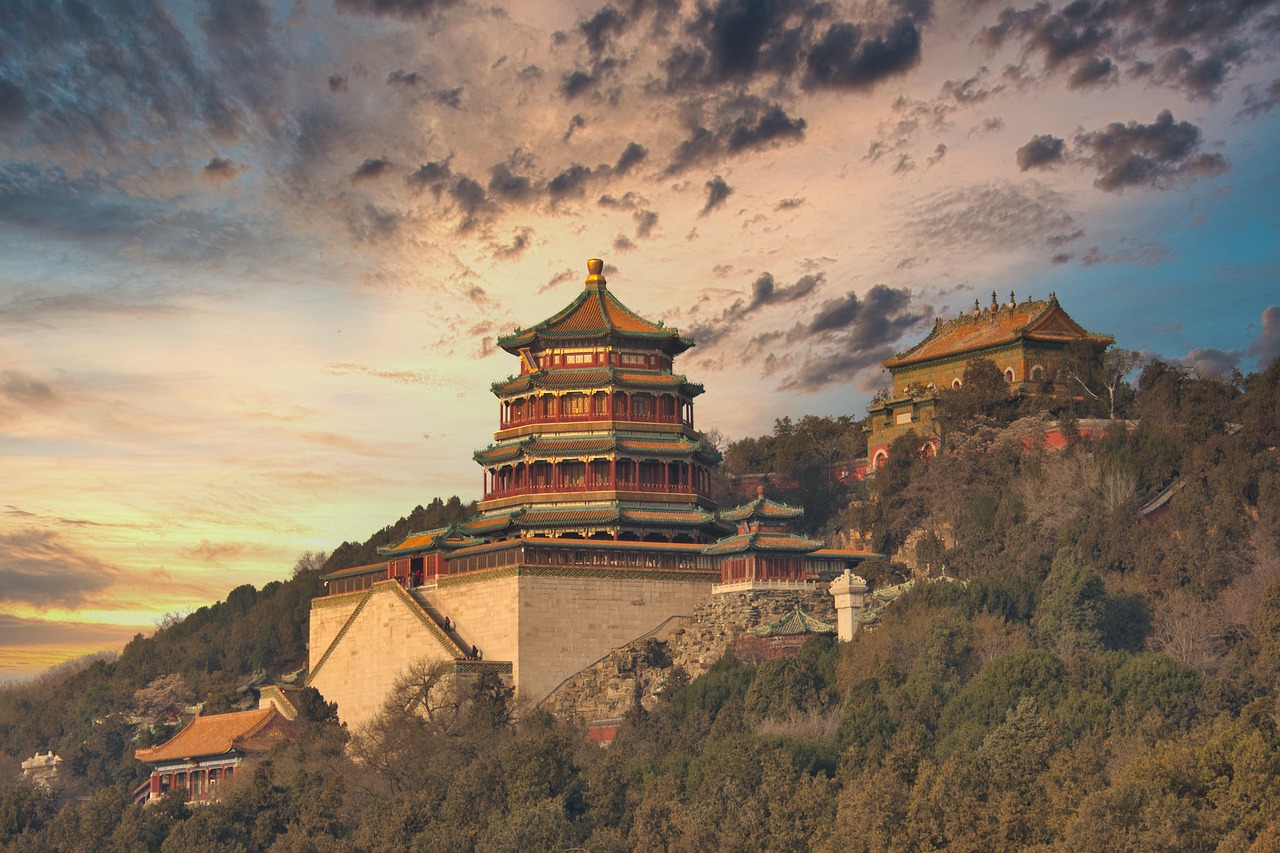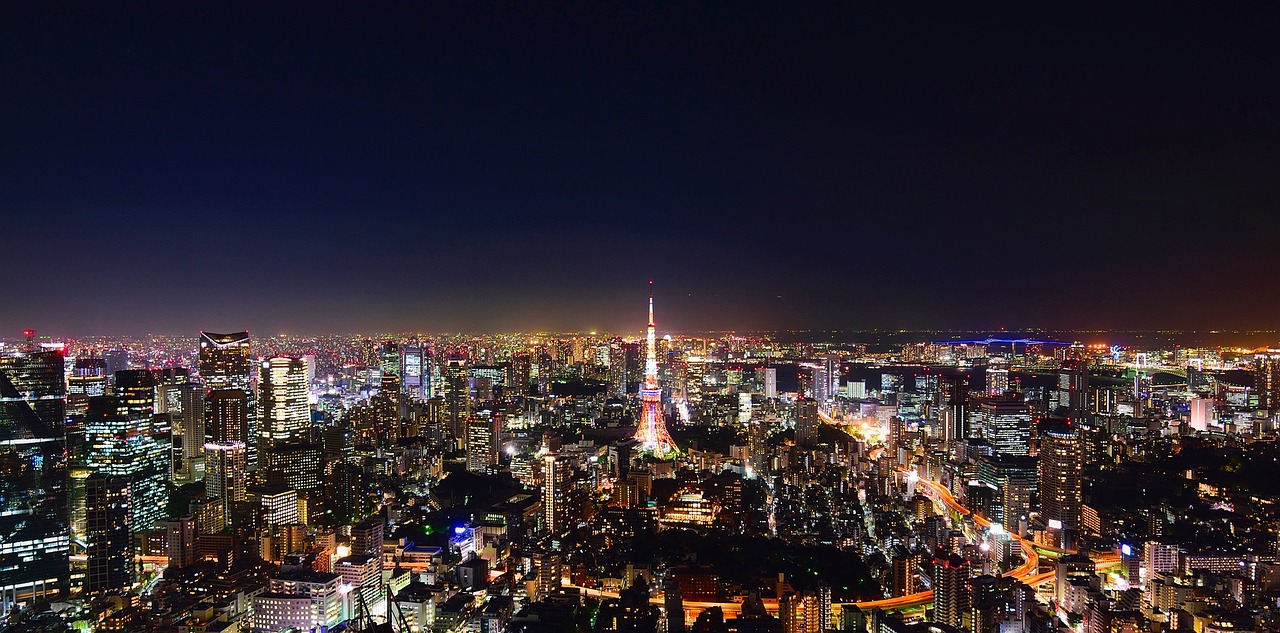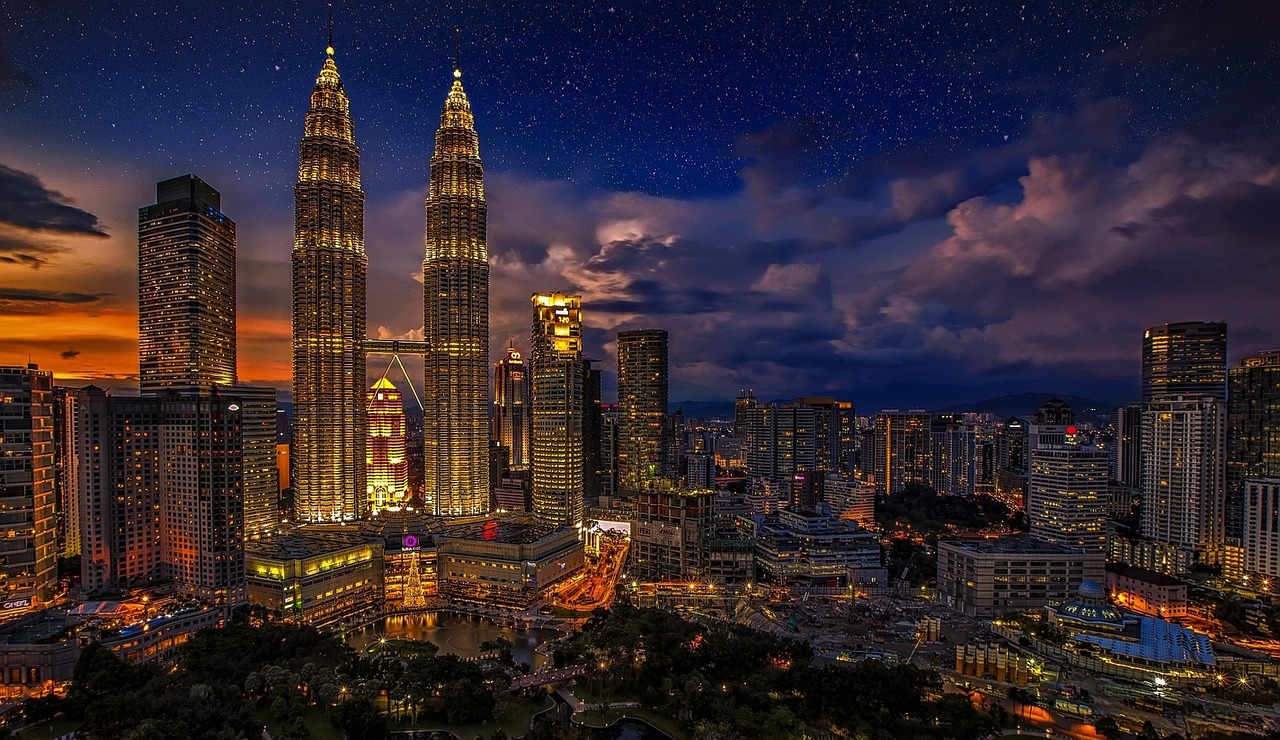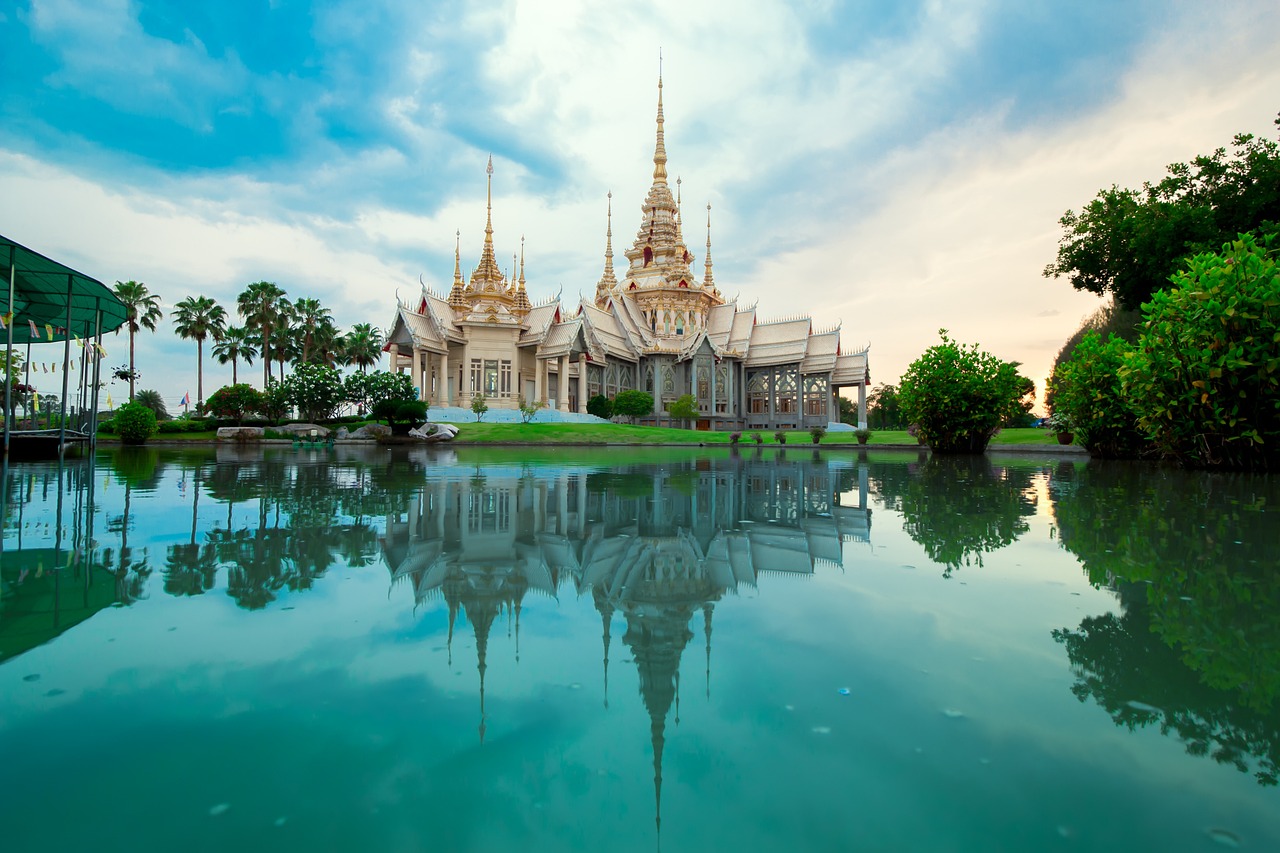Beijing is the capital city of the People’s Republic of China, located in the northern part of the country. It is one of the most populous cities in the world, with a population of over 21 million people. Beijing is the political, cultural, and educational center of China, and is also a major transportation hub. It is home to numerous historical sites, modern architecture, and diverse cultural experiences.
Beijing is one of the four direct-controlled municipalities in China, which means that it has a similar level of administrative authority as the provinces. Chongqing, Shanghai, Beijing, and Tianjin cities are centrally administered municipalities, which include dense urban areas, suburbs, and large rural areas.
Short History
Beijing is the capital city of China, located in the northern part of the country. It has a rich and diverse history that dates back over 3,000 years. The city was first established as a capital during the Liao Dynasty (907-1125) and has since served as the capital of several Chinese dynasties, including the Yuan, Ming, and Qing dynasties. Throughout its history, Beijing has been a center of politics, culture, and art, and has been witness to many significant events in Chinese history, including the Boxer Rebellion, the Cultural Revolution, and the 2008 Summer Olympics. Today, Beijing is a bustling metropolis and a hub for business, culture, and innovation in China.
Architecture
Beijing is home to some of the most impressive architectural feats in the world. As the capital of China, Beijing is known for its blend of traditional and modern architecture, with ancient temples and palaces standing side-by-side with modern skyscrapers. Some of the most notable architectural landmarks in Beijing include:
- The Forbidden City: The imperial palace complex located in the center of Beijing served as the home of the Emperors of China for almost 500 years, from the Ming dynasty to the end of the Qing dynasty.
- The Great Wall of China: One of the most recognizable symbols of China, the Great Wall is a massive fortification that stretches over 13,000 miles across China’s northern borders.
- The Temple of Heaven: A complex of religious buildings in southeastern Beijing that was used by the emperors of the Ming and Qing dynasties for annual ceremonies of prayer to Heaven for good harvest.
- The National Stadium (Bird’s Nest): A world-famous stadium that was built for the 2008 Summer Olympics and is known for its unique design resembling a bird’s nest.
- The CCTV Headquarters: A distinctive building that houses the China Central Television (CCTV) headquarters and is known for its unique shape and design.
- The Beijing National Aquatics Center (Water Cube): A swimming center built for the 2008 Summer Olympics that is known for its unusual design resembling a cube made of bubbles.
- The Zhongnanhai: A complex of buildings in central Beijing that serves as the central headquarters for the Communist Party of China and the State Council of the People’s Republic of China.
- The Summer Palace: A former imperial palace and garden in the northwest suburbs of Beijing that is renowned for its beautiful architecture and landscaping.
- The Beijing National Grand Theatre: A large-scale cultural center that hosts various performing arts events, including opera, ballet, and symphony performances.
- The Ming Tombs: A group of mausoleums that were built for the Ming dynasty emperors, located about 31 miles northwest of Beijing.
Museums and Galleries
Beijing is home to a number of museums and galleries that are worth visiting. Some of the most interesting ones are:
- The Palace Museum: Also known as the Forbidden City, this imperial palace was home to the emperors of the Ming and Qing dynasties for nearly 500 years. Today, it is one of the most popular tourist attractions in China.
- The National Museum of China: This museum houses a vast collection of artifacts, including ancient Chinese art, calligraphy, and porcelain.
- The Capital Museum: Located in the heart of Beijing, this museum features a collection of over 200,000 cultural relics and artifacts, including paintings, sculptures, and ceramics.
- The 798 Art District: This former factory district has been transformed into a thriving art community, with galleries, studios, and cafes.
- The China National Film Museum: This museum is dedicated to the history of Chinese cinema, and features exhibits on the evolution of film technology and the country’s most iconic movies.
- The Beijing Museum of Natural History: This museum is home to an extensive collection of fossils, minerals, and other natural artifacts.
- The Ullens Center for Contemporary Art: This contemporary art center features exhibitions and installations by some of China’s most celebrated artists.
- The Today Art Museum: This museum features contemporary art exhibits and installations, with a focus on emerging Chinese artists.
- The National Art Museum of China: This museum is one of the largest art museums in China, with a collection of over 100,000 pieces of art.
- The China Railway Museum: This museum features exhibits on the history of China’s railway system, with displays of vintage locomotives and railway equipment.
These are just a few of the many museums and galleries that Beijing has to offer.
Landmarks and Monuments
Here are some of the most interesting landmarks and monuments in Beijing:
- The Great Wall of China: This is one of the most famous landmarks in the world and stretches for over 13,000 miles. The Great Wall of China was built over 2,000 years ago and is a UNESCO World Heritage Site.
- The Forbidden City: This imperial palace served as the home of the emperors of China for almost 500 years. The Forbidden City is a UNESCO World Heritage Site and is one of the most popular tourist attractions in Beijing.
- Tiananmen Square: This is one of the largest public squares in the world and is located in the heart of Beijing. Tiananmen Square is famous for the 1989 student protests that took place there.
- Temple of Heaven: This is a complex of religious buildings that were used by the emperors of China to perform annual ceremonies to pray for good harvests. The Temple of Heaven is a UNESCO World Heritage Site.
- Summer Palace: This is a vast complex of gardens, lakes, and palaces that was used by the emperors of China as a summer retreat. The Summer Palace is a UNESCO World Heritage Site.
- Lama Temple: This is a Tibetan Buddhist temple that is located in the northeast of Beijing. The temple is renowned for its stunning architecture and beautiful collection of Buddhist artwork.
- Ming Tombs: This is a collection of mausoleums that were built for the emperors of the Ming Dynasty. The Ming Tombs are a UNESCO World Heritage Site and are located just outside of Beijing.
- Beihai Park: This is a beautiful imperial garden that is located in the heart of Beijing. Beihai Park features beautiful gardens, a large lake, and several historic buildings.
- National Stadium: This iconic stadium, also known as the “Bird’s Nest,” was built for the 2008 Summer Olympics in Beijing. The stadium is a stunning example of modern architecture and has become a popular tourist attraction in the city.
- CCTV Headquarters: This futuristic building is the headquarters of China Central Television and is one of the most unique and interesting buildings in Beijing. The building’s unique design has made it a popular landmark in the city.
Overall, Beijing is a city with a rich history and culture, and its landmarks and monuments are a testament to its fascinating past.
Parks and Green Spaces
Here are some parks and green spaces worth visiting in Beijing:
- The Summer Palace – This is a large imperial garden that was built during the Qing Dynasty. It is a UNESCO World Heritage Site and contains a variety of temples, pavilions, and other structures.
- The Temple of Heaven – This is another UNESCO World Heritage Site and is one of the most important religious buildings in China. It is surrounded by a large park that is a popular spot for locals to exercise and practice tai chi.
- Beihai Park – This is a large park in the center of the city that surrounds a lake. It contains a variety of pavilions, temples, and other structures.
- Jingshan Park – This park is located just north of the Forbidden City and provides great views of the city. It contains a large hill that you can climb to get a better view.
- Fragrant Hills Park – This is a large park located on the western outskirts of the city. It is known for its fall foliage and the Fragrant Hills Temple.
- Yuanmingyuan Park – This is a park that was once an imperial garden during the Qing Dynasty. It was destroyed during the Second Opium War, but there are still some ruins and structures that remain.
- Ritan Park – This is a small park that is popular for its cherry blossoms in the spring. It also contains a small lake and a temple.
- Olympic Forest Park – This park was built for the 2008 Olympic Games and contains a variety of sports facilities, lakes, and green spaces.
- Baiyun Mountain Nature Reserve – This is a large nature reserve located just outside the city. It contains a variety of hiking trails, lakes, and other natural attractions.
- Ditan Park – This park is located in the Dongcheng District and contains a variety of temples, pavilions, and other structures. It is also known for its annual temple fair.
These are just a few of the many parks and green spaces worth visiting in Beijing.
Beaches
Beijing is a landlocked city and does not have any beaches within its immediate vicinity. However, there are a few beach destinations that can be reached by car or train within a few hours from the city. Here are some of the best beaches near Beijing:
- Beidaihe Beach: Located in Qinhuangdao, Beidaihe is one of the most popular beach destinations near Beijing. It boasts clear waters, soft sand, and a variety of water sports.
- Qinghuangdao Gold Coast: This beach is located in Qinghuangdao and is known for its golden sand, clear water, and stunning views of the Bohai Sea.
- Nandaihe Beach: Another popular beach destination in Qinhuangdao, Nandaihe offers crystal-clear waters, soft sand, and a relaxing atmosphere.
- Happy Island: Located in Tangshan, Happy Island is an amusement park with a large water park and a private beach that offers a variety of water sports and activities.
While Beijing may not be a coastal city, these beach destinations offer a chance to escape the city and enjoy some fun in the sun.
Shopping Districts
Beijing is a shopper’s paradise, with a wide variety of shopping districts and markets that offer everything from luxury goods to traditional handicrafts. Whether you are looking for high-end designer boutiques or bargain-priced souvenirs, there is something for everyone in Beijing’s shopping districts. Here are some shopping districts in Beijing:
- Wangfujing Street: One of the most famous shopping districts in Beijing, it offers a wide range of options for shopping, dining, and entertainment.
- Xidan Commercial Street: One of the busiest shopping areas in Beijing, it offers a mix of shopping centers, department stores, and traditional Chinese shops.
- Qianmen Street: A historic shopping street in Beijing, it offers a range of shops and restaurants in traditional Chinese architecture.
- Sanlitun Village: A trendy shopping district in Beijing with international fashion brands, restaurants, and nightlife.
- The Silk Market: A famous indoor market in Beijing known for selling silk products, clothes, electronics, and souvenirs.
- Panjiayuan Antique Market: A large outdoor market in Beijing known for selling antiques, traditional Chinese crafts, and souvenirs.
- Nanluoguxiang: A trendy shopping area with traditional Chinese architecture, it offers a mix of shops, cafes, and restaurants.
- Oriental Plaza: A large shopping complex in Beijing with high-end brands, a cinema, and restaurants.
- Liulichang Cultural Street: A historic street in Beijing known for its traditional Chinese bookstores, calligraphy shops, and art galleries.
- Yashow Market: A popular shopping destination in Beijing for fashion, electronics, and souvenirs.
Each district has its own unique character and shopping experience. With so many options to choose from, visitors to Beijing are sure to find the perfect shopping district to suit their needs and preferences.
Food and Drink
Beijing is known for its unique cuisine and culinary culture. Here are some food and drinks to try in Beijing:
- Peking Duck: Beijing’s most famous dish, roasted duck is a must-try. The crispy skin and succulent meat are served with pancakes, scallions, and sweet bean sauce.
- Jiaozi: Also known as Chinese dumplings, Jiaozi is a staple food in Beijing. The dumplings are filled with pork, vegetables, or other ingredients and can be served steamed or fried.
- Hotpot: A popular winter dish, hotpot is a communal meal where diners cook raw meat, vegetables, and other ingredients in a simmering pot of soup.
- Beijing Noodles: These thick, chewy noodles are served in a meat or vegetable broth and topped with bean paste, scallions, and sliced meat or vegetables.
- Baozi: Steamed buns filled with meat, vegetables, or sweet bean paste are a popular breakfast or snack food in Beijing.
- Maotai: A strong, clear liquor that is often served at formal banquets and special occasions.
- Baijiu: A clear, strong liquor made from grains such as sorghum and wheat.
- Soy Milk: A popular breakfast beverage, soy milk can be served hot or cold and is often accompanied by fried dough sticks (youtiao).
- Chinese Tea: Beijing is known for its tea culture, and there are many tea shops and teahouses throughout the city where you can sample different varieties of tea.
- Yogurt: Beijing-style yogurt is a popular snack food that is thicker and creamier than Western-style yogurt, with a slightly sour taste.
Transportation
Beijing has a well-developed transportation system that includes various options for moving around the city. Here are some of the best ways to move around Beijing:
- Subway: Beijing has an extensive subway system with over 20 lines, making it one of the most convenient and affordable ways to travel around the city.
- Bus: Beijing has a large network of buses that connect most areas of the city. The buses are relatively cheap, but they can be crowded during peak hours.
- Taxi: Taxis are readily available in Beijing, and they are an affordable and convenient option for short distances. However, be aware that traffic can be heavy during peak hours.
- Bike: Biking is a popular way to get around Beijing, especially for short trips. There are several bike rental services available throughout the city, including bike-sharing programs.
- Walking: Beijing is a pedestrian-friendly city, and walking is an excellent way to explore the city’s many attractions, especially in the central areas like the Forbidden City and Tiananmen Square.
- Car rental: If you plan to venture outside of the city center, renting a car may be a good option. However, driving in Beijing can be challenging, especially for those unfamiliar with local traffic laws and customs.
- E-hailing services: Popular ride-hailing services like DiDi and Uber are also available in Beijing and offer a convenient and safe way to move around the city.
Safety
Beijing is generally considered a safe city for tourists, although like any big city, it is important to take precautions to avoid becoming a victim of crime. Petty theft and pickpocketing can occur in crowded tourist areas, so it is advised to keep an eye on belongings and avoid carrying large sums of cash. Additionally, it is recommended to use licensed taxis and to be cautious when crossing busy roads. Overall, by exercising common sense and taking appropriate safety measures, visitors can enjoy a safe and enjoyable trip to Beijing.
Expensive or Cheap
Beijing is generally considered to be an expensive city in China. It has a high cost of living compared to other cities in the country, especially in terms of housing, transportation, and dining. However, there are still many affordable options for travelers, such as street food, local markets, and budget accommodations. It’s important to plan your budget accordingly and research prices before your trip to make the most of your stay in Beijing.
Date Ideas
There are many romantic and fun things to do on a date in Beijing, such as:
- Visit the Forbidden City: Explore the magnificent Forbidden City with your date and marvel at its stunning architecture and history.
- Walk along the Great Wall: Take a romantic stroll along the Great Wall and enjoy the breathtaking views together.
- Explore the Summer Palace: Enjoy the beautiful gardens, lakes and architecture of the Summer Palace with your date.
- Watch a traditional Chinese performance: Catch a traditional Chinese opera or acrobatics show and marvel at the skilled performers.
- Visit a tea house: Beijing is known for its tea culture, so why not try some delicious tea together at a traditional tea house?
- Visit a hutong: Take a walk through one of Beijing’s historic hutongs (narrow alleys) and discover the city’s traditional way of life.
- Enjoy a hotpot dinner: Try Beijing’s famous hotpot cuisine with your date, where you cook fresh ingredients in a simmering pot of broth.
- Watch the sunset at Jingshan Park: Enjoy stunning views of the city at sunset from the top of Jingshan Park.
- Visit the Temple of Heaven: Explore the stunning Temple of Heaven and learn about its fascinating history and significance.
- Take a romantic boat ride: Enjoy a romantic boat ride on the beautiful Kunming Lake in the Summer Palace.
- Visit an art gallery: Beijing is home to many world-class art galleries, so why not check out some contemporary art together?
- Go ice skating: In winter, you can go ice skating at one of Beijing’s many outdoor rinks.
- Visit a night market: Experience the lively atmosphere of a Beijing night market and sample some local street food together.
- Explore the 798 Art District: Discover the trendy 798 Art District, where you can see contemporary art, shop for unique souvenirs and enjoy delicious food and drink.
- Go to a spa: Treat yourselves to a relaxing spa day and unwind together.
Overall, Beijing is a fascinating city with plenty of interesting and romantic date ideas to explore.
Fun and Interesting Facts
Here are some fun and interesting facts about Beijing:
- Beijing is one of the oldest cities in the world, with a history that dates back over 3,000 years.
- The city is home to some of the most iconic landmarks in the world, including the Great Wall of China, the Forbidden City, and the Temple of Heaven.
- Beijing hosted the 2008 Summer Olympics, which was the largest and most expensive Olympic Games in history.
- The city is known for its cuisine, which includes dishes such as Peking duck, Beijing noodles, and steamed buns.
- Beijing has a population of over 21 million people, making it one of the largest cities in the world.
- The city has a rich cultural heritage, with many museums, galleries, and temples that showcase China’s history and art.
- Beijing is a center of innovation, with many technology companies and research institutions based in the city.
- The city has a well-developed transportation system, including a modern subway system that makes it easy to get around.
- Beijing has a lively nightlife, with many bars, clubs, and restaurants that cater to both locals and visitors.
- Despite its rapid modernization, Beijing has managed to preserve much of its traditional culture and architecture, making it a fascinating destination for travelers.
Conclusion
Beijing is a vibrant and fascinating city with a rich history and culture, iconic landmarks, delicious cuisine, and a dynamic economy. Whether you’re interested in exploring its ancient temples and museums or experiencing its modern nightlife and technology scene, there’s something for everyone in this bustling metropolis. While it may be a large and sometimes overwhelming city, its excellent transportation system and friendly locals make it an easy and enjoyable place to visit.



